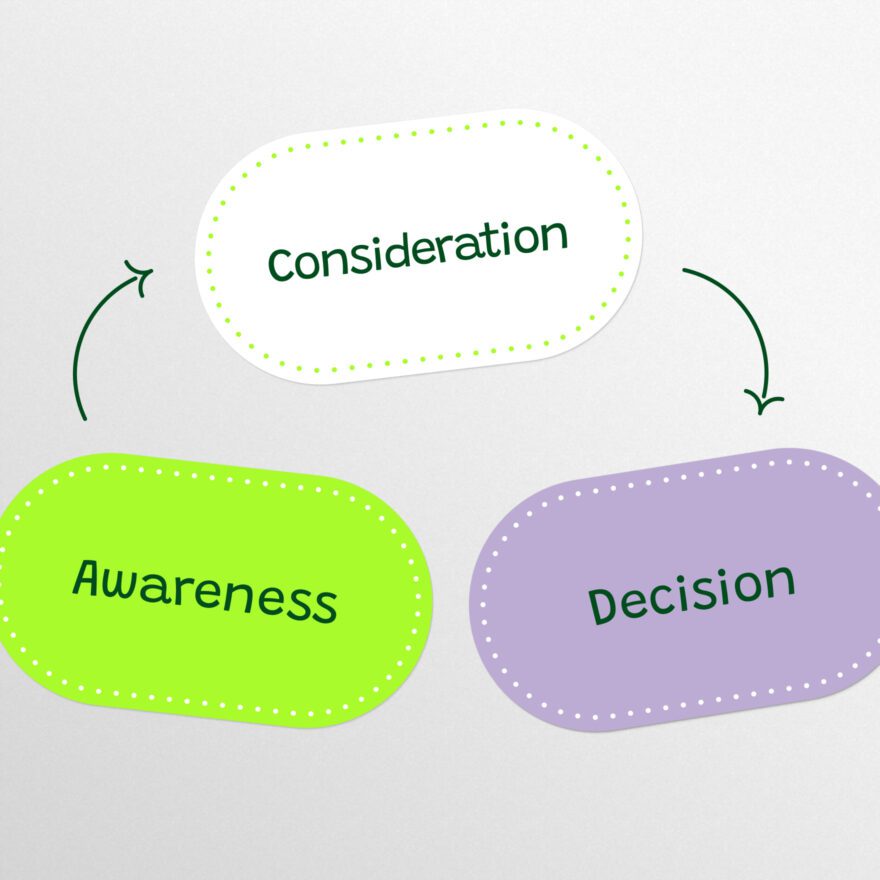Consent mode v2 is coming, are you ready?
Google has announced that Consent mode must be implemented by March 6, 2024, for those who wish to continue advertising on Google Ads in Europe. This change relates to how user consent for tracking is communicated to Google. The requirement to implement Consent mode is tied to the EU’s Digital Markets Act, which aims to increase transparency in the data collected by large companies and strengthen user privacy.
What’s changing?
With Consent mode, user consents for tracking tools, advertising cookies, user-level data utilization in advertising, and ad personalization can be conveyed to Google. Consent mode becomes mandatory for Google Ads in March 2024, as per the decision of the European Union’s data protection authorities and the Digital Markets Act (DMA). This decision ensures that users can choose what information is shared with Google.
The biggest difference in Consent mode v2 compared to the previous version is the addition of two new elements to user consent: ad_user_data indicates whether the user consents to their data being used by Google for advertising purposes. The cookie is set to ‘accepted’ if the user actively agrees to share their information with Google through the cookie banner. ad_personalization, on the other hand, informs Google whether the user’s data can be used for ad personalization (such as retargeting). It is set to ‘accepted’ only if the user explicitly agrees to share their information with Google for ad personalization purposes.
Two different installation methods
Consent mode has two installation methods. The Basic mode is a safer option for keeping data protected but may provide less reliable results for advertising. In the Basic mode, if a user does not consent, no data is collected or sent forward. However, Google’s AI calculates averages based on good guesses, so Basic mode still provides more accurate figures than tracking without any Consent mode setup. The Basic mode is recommended for relatively light advertising without extensive optimization.
The Advanced mode is a better choice for advertising as it provides anonymized data for events, even for users who refuse cookies. Advanced mode collects data for all events, but does not identify users. If a user rejects cookies, data is sent to Google in an anonymized form. This way, the Advanced mode allows Google to calculate the conversion rate even for those rejecting cookies. However, because data is collected from everyone whether they gave their consent to cookies or not, this mode raises some GDPR concerns.
What should be done now?
If you want to keep advertising on Google Ads, you must implement one of the Consent mode options. Which installation is better depends on your company’s interpretation of GDPR and your advertising needs. We are happy to help you choose the right tracking method – contact us!











